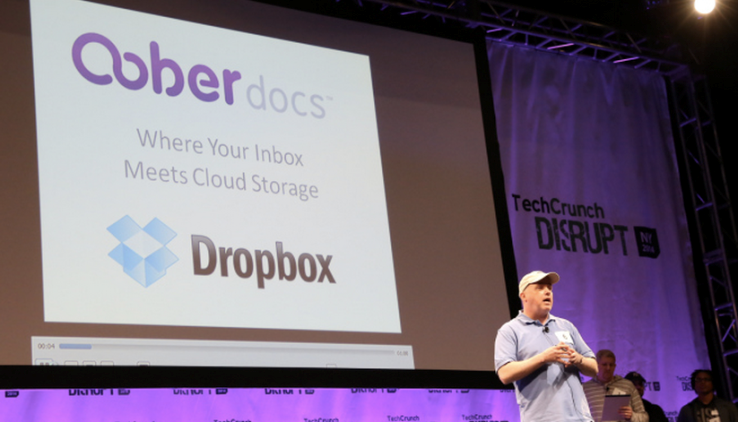Sprint Corp S.N has agreed to pay about $40 per share to buy T-Mobile US Inc, a person familiar with the matter said, marking further progress in the attempt to merge the third and fourth-biggest U.S. mobile network operators.
The $40 price represents a 17 percent premium to T-Mobile US’s closing share price on Wednesday, giving it a valuation of more than $32 billion and the shares have more than doubled in price since the group bought smaller rival MetroPCS a year ago.
Deutsche Telekom shares were up 1.4 percent at 12.60 euros by 1115 GMT on Thursday, valuing the German firm at over 56 billion euros ($76 billion).
However, Hannes Wittig, an analyst at JP Morgan, said the $40 price, if confirmed, seemed low.
“T-Mobile US should be worth more than that given that the synergies should exceed $20 billion, Deutsche Telekom would share some of the execution risk and Sprint would be getting control … Somewhere in the high 40s would be more appropriate,” he said.
Japan’s Softbank 9984.T, which owns Sprint, and Deutsche Telekom, which owns 67 percent of T-Mobile, still have to negotiate on the details, including financing and the termination fee to be paid should the merger get blocked by regulators, the source familiar with the matter said.
Analysts see the regulatory challenge as the biggest hurdle facing the companies since both the U.S. Federal Communications Commission (FCC) and Department of Justice (DOJ) have expressed a desire to have at least two more network operators competing against the market leaders AT&T and Verizon.
Three years ago regulators rejected AT&T’s agreed $39 billion bid for T-Mobile US, which resulted in AT&T paying Deutsche Telekom as T-Mobile’s full owner a reverse break-up fee of $6 billion in cash and U.S. mobile assets.
Under the proposed sale to Sprint Deutsche Telekom is expected to keep a 15 to 20 percent stake in the combined company, the source said.
It also remains to be seen what the break-up fee would be if the deal fails to gain regulatory clearance. Bloomberg said Softbank was pushing for a termination fee of $1 billion, while Deutsche Telekom wanted more like $3 billion.
Officials at Sprint, Softbank and Deutsche Telekom declined to comment. T-Mobile US did not respond to requests for comment.
REGULATORY CONCERNS
The U.S. telecommunications sector is already in the throes of a major, broader consolidation, with AT&T seeking to buy satellite TV operator DirecTV and cable company Comcast trying to merge with rival Time Warner.
The changes could create a clutch of media and telecoms giants and leave Sprint an also-ran with an inferior business, the source said.
Softbank Chairman Masayoshi Son has made no secret of his long-held desire to buy T-Mobile and merge it with Sprint, creating a carrier with the resources to upgrade its network and better compete with AT&T and Verizon.
For Deutsche Telekom, an exit from the United States would allow it to concentrate on its European business, including at home in Germany where it faces an upcoming auction of radio spectrum and needs to invest more in optic fiber broadband.
But first Sprint, T-Mobile US and their owners have to win over U.S. regulators to their merger plan.
“The (regulatory) agencies have tipped their hand and the parties know that,” said an antitrust expert who asked not to be named to protect business relationships.
“(They) must think that they have stronger arguments and they’re willing to battle them out with the agencies. That has to be part of their calculus here.”
Analysts have also said that Softbank and Deutsche Telekom could choose to challenge the U.S. government in court if the acquisition was blocked.
“We see the odds of approval from both the FCC and DOJ as very low unless landscape-altering concessions are offered,” wrote Nomura analyst Adam Ilkowitz in a note.
Via: reuters





